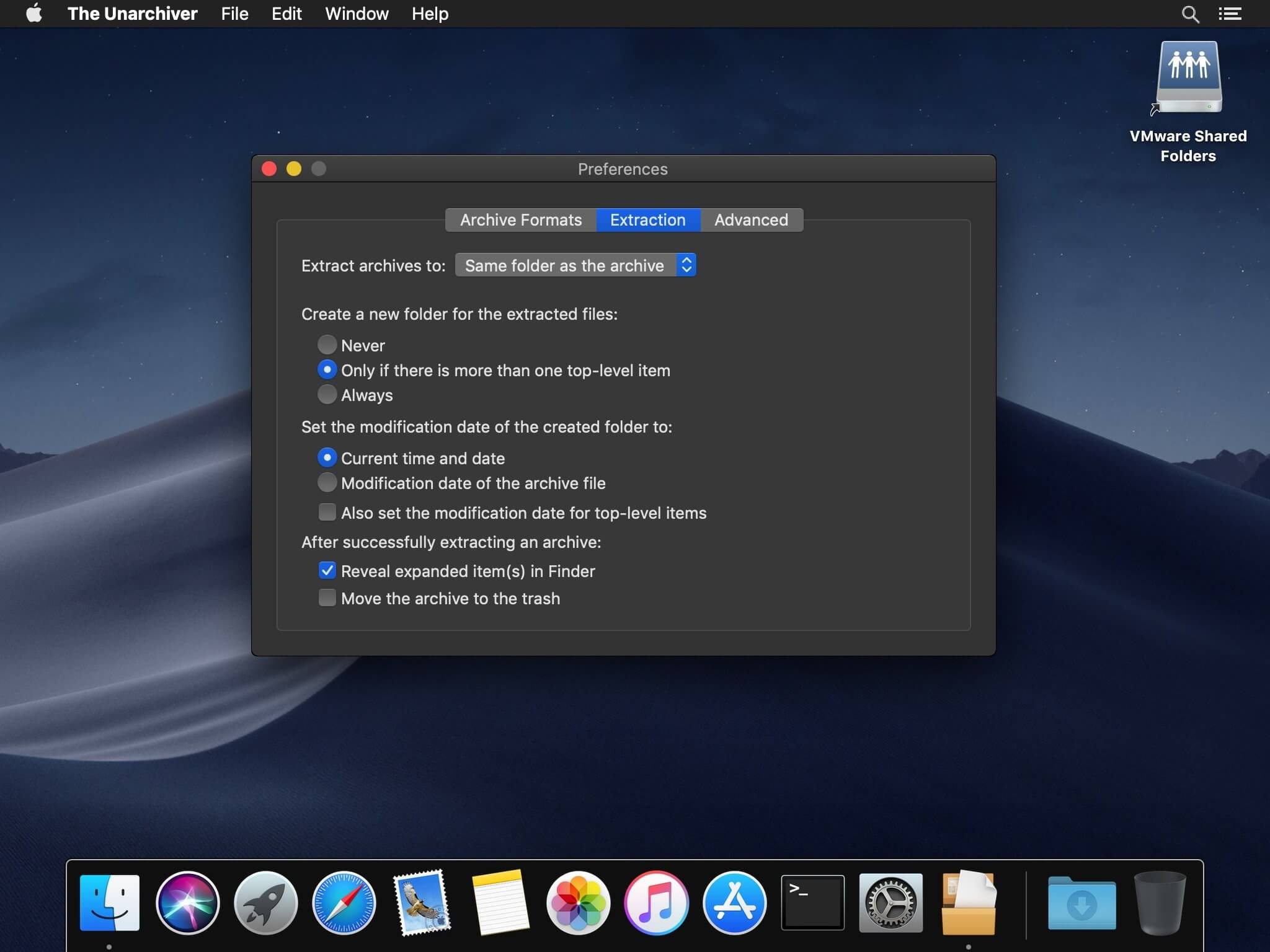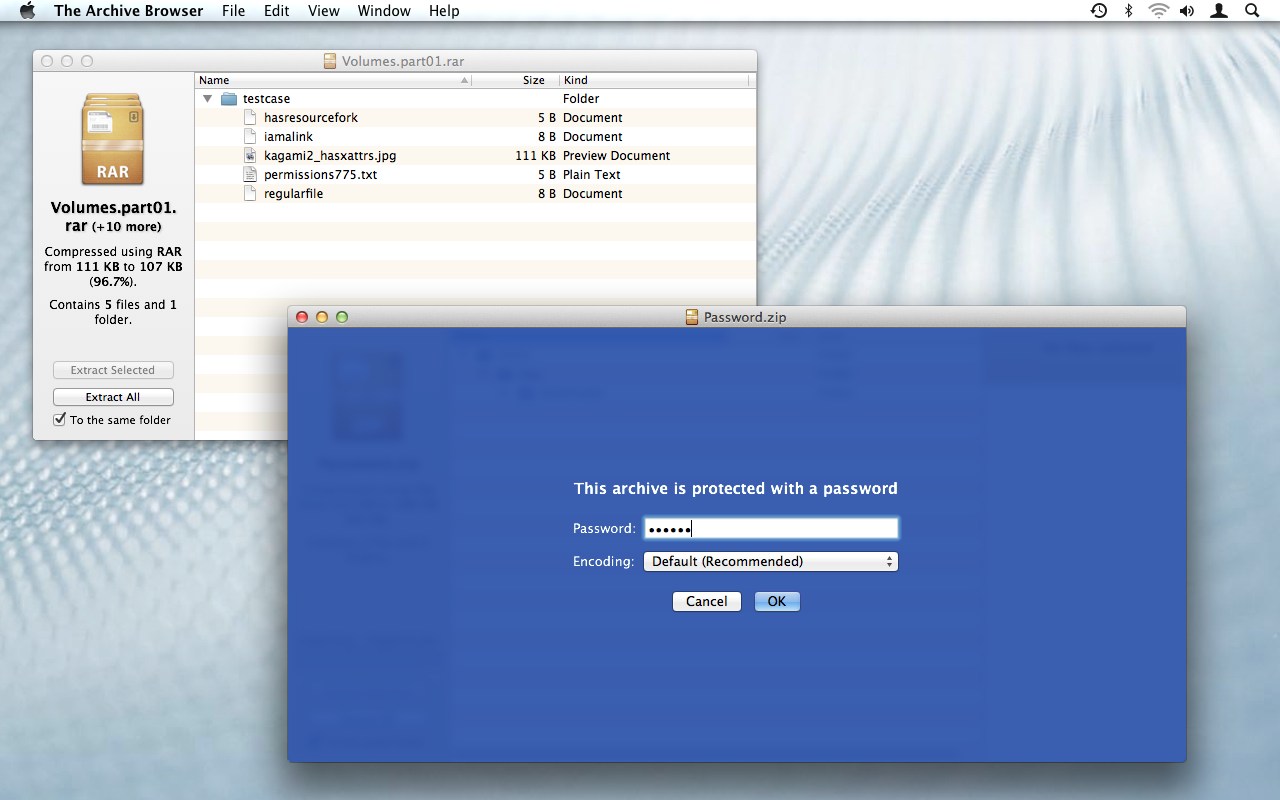
#Download the unarchiver mac how to#
In the Extraction tab of the Preferences window, you choose where the app places extracted files and folders (automatically in the same location as the original archive, automatically in a particular folder, or automatically prompting you for a destination for each archive) whether to create a new folder for the extracted items how to set the modification date of the created folder and what to do after extraction (whether to open the extracted folder, and whether to move the original archive to the trash). The Extraction tab lets you choose how The Unarchiver handles extracted files and folders. (Archive Utility actually offers many of the same options. But those options are not easy to find: To get started, you must navigate to System/Library/Core Services/Archive Utility, launch the Archive Utility app, and then open its preferences dialog.)įinally, the Advanced tab deals with file-name encoding. The utility normally detects the proper encoding automatically, but you can choose a particular type of encoding-say, Japanese (ISO 2022-JP)-if you deal with specific types of files regularly. You can also set the confidence threshold for auto-detection. With all of your settings taken care of, using the app is as simple as can be. Double-click a file archive that you’ve chosen The Unarchiver to handle, and The Unarchiver launches and extracts the archive’s contents.


A progress bar displays the progress of the extraction.

One nice touch is that the progress display shows you file names as they’re extracted from the archive, something that Archive Utility doesn’t do.


 0 kommentar(er)
0 kommentar(er)
